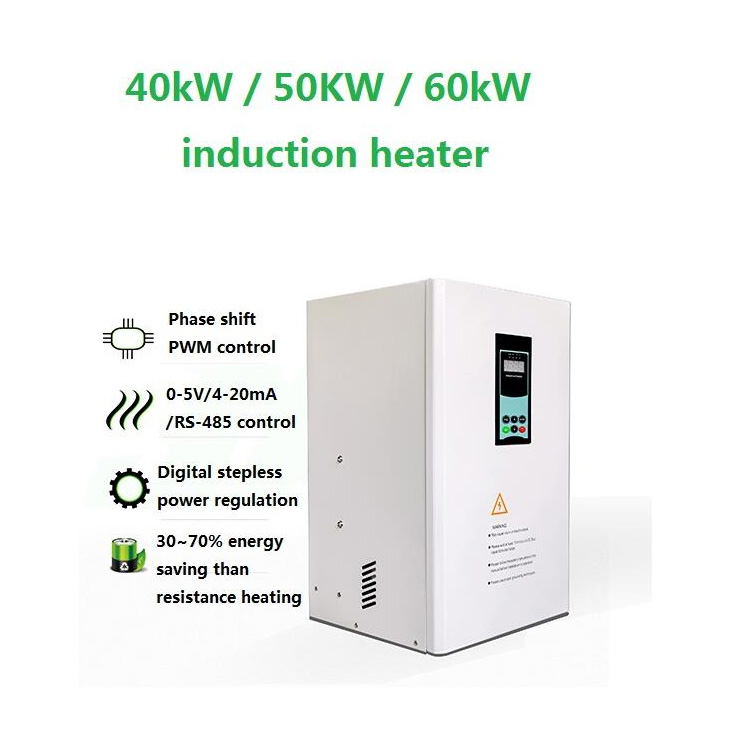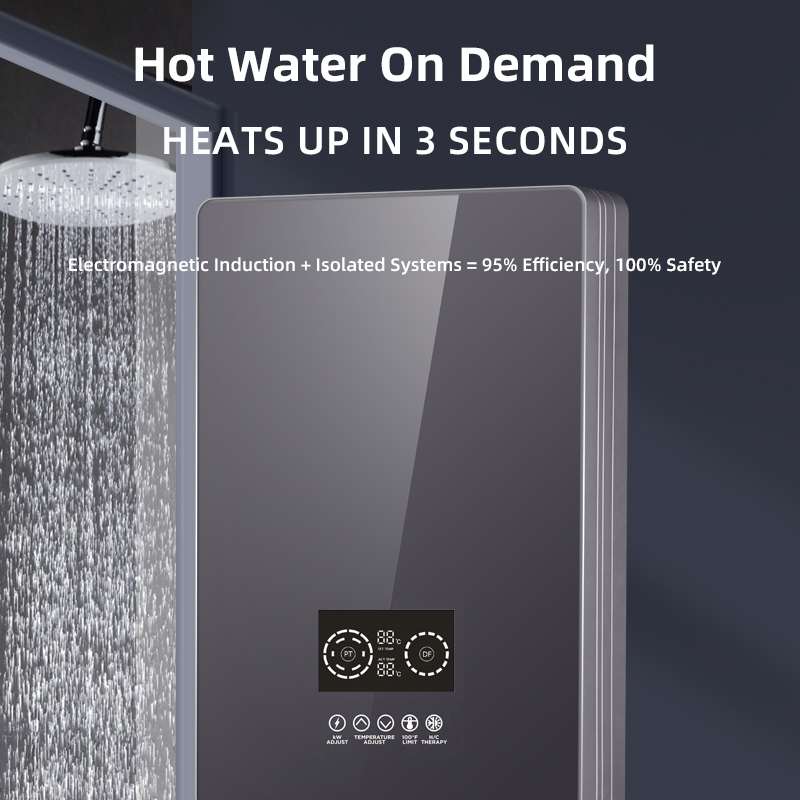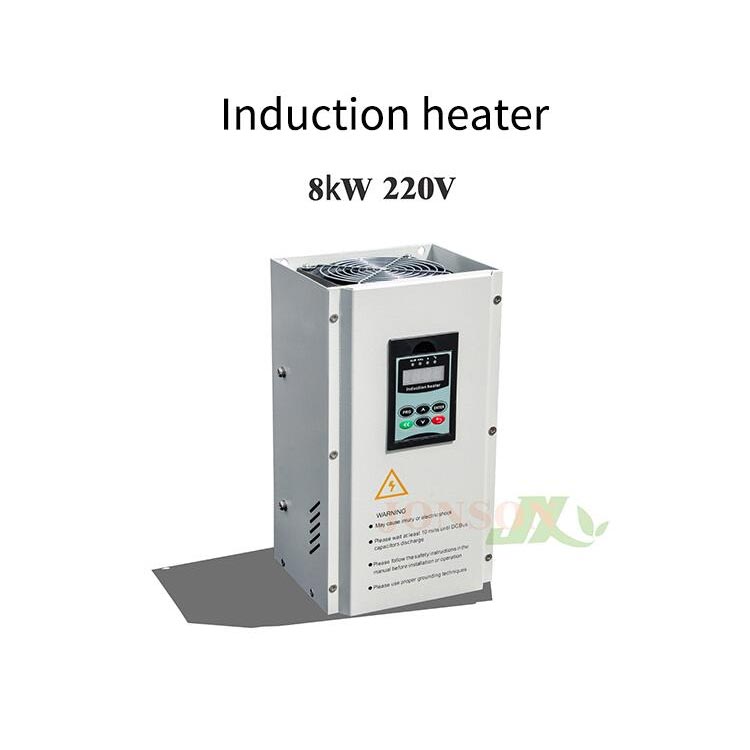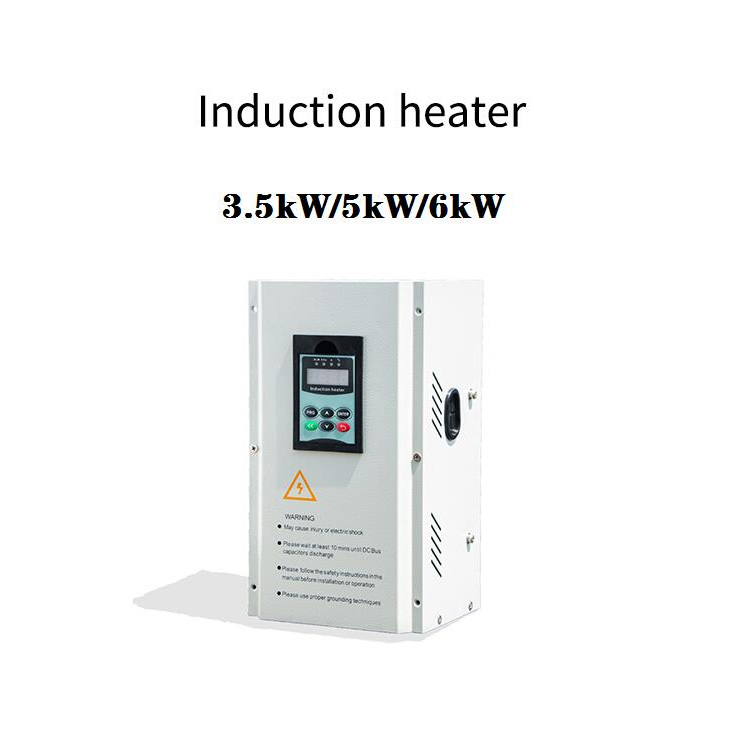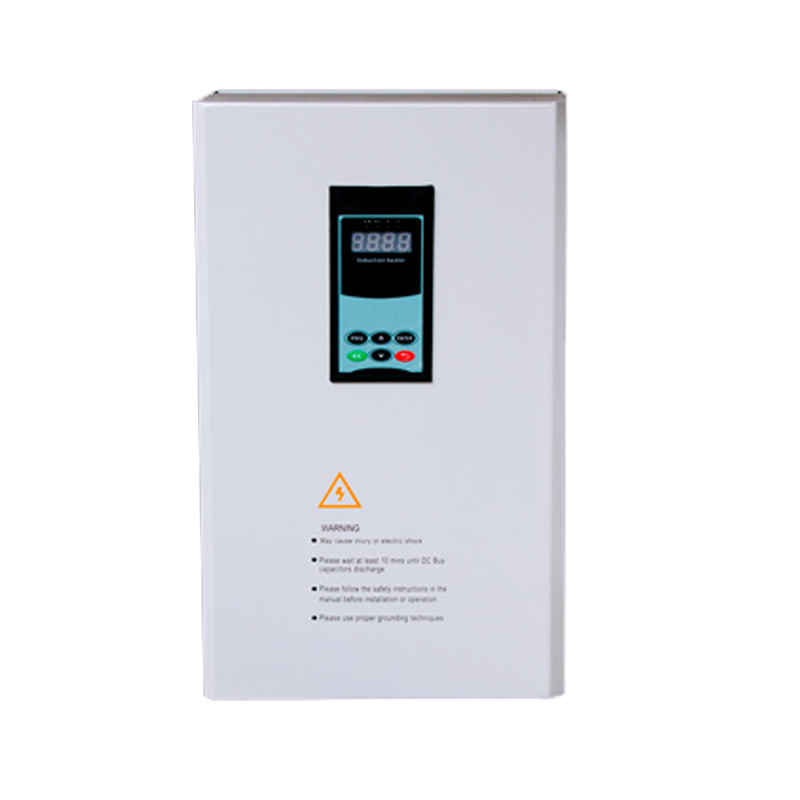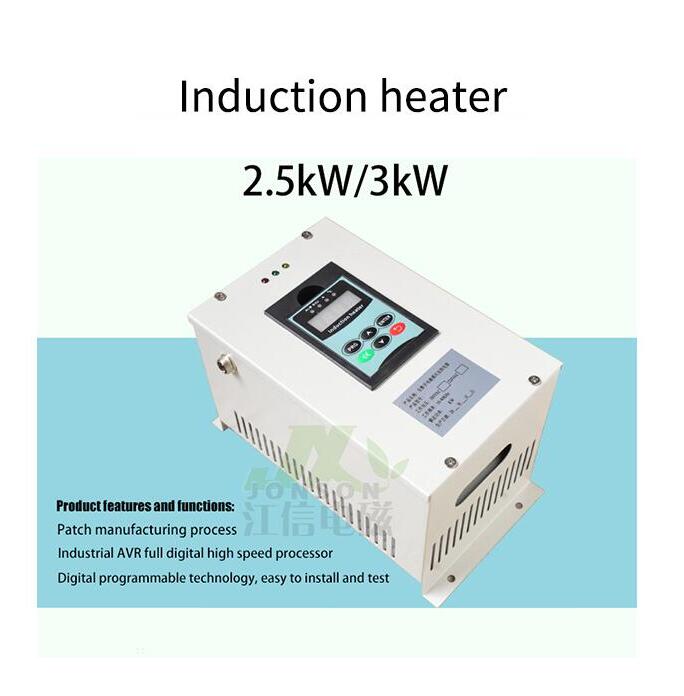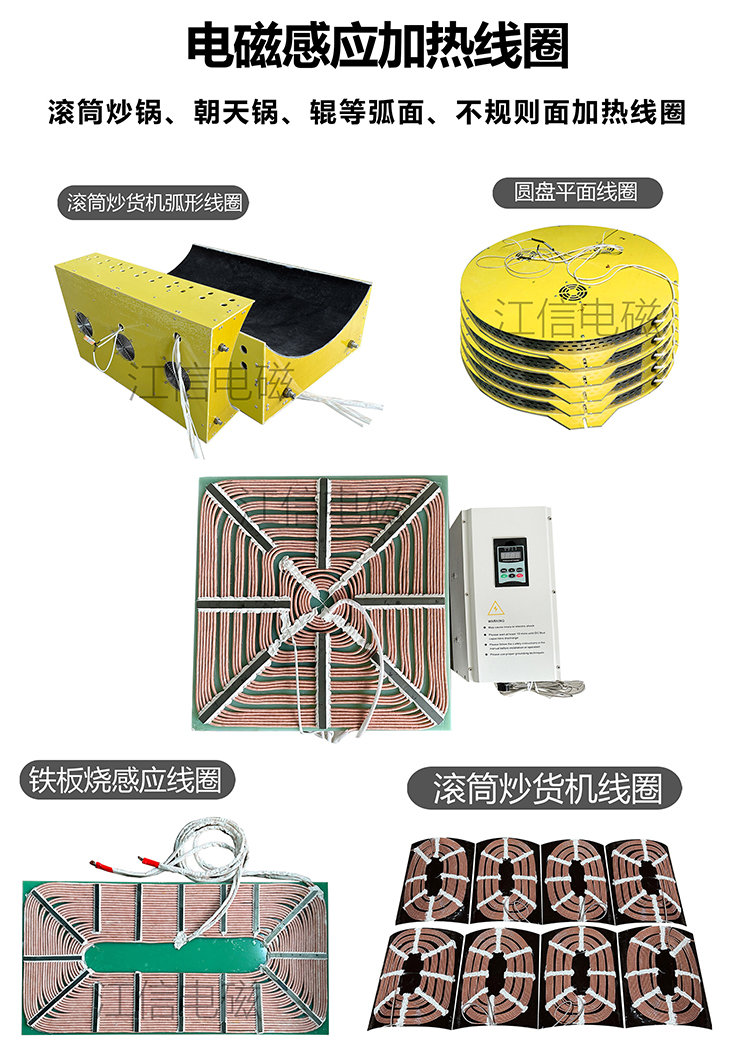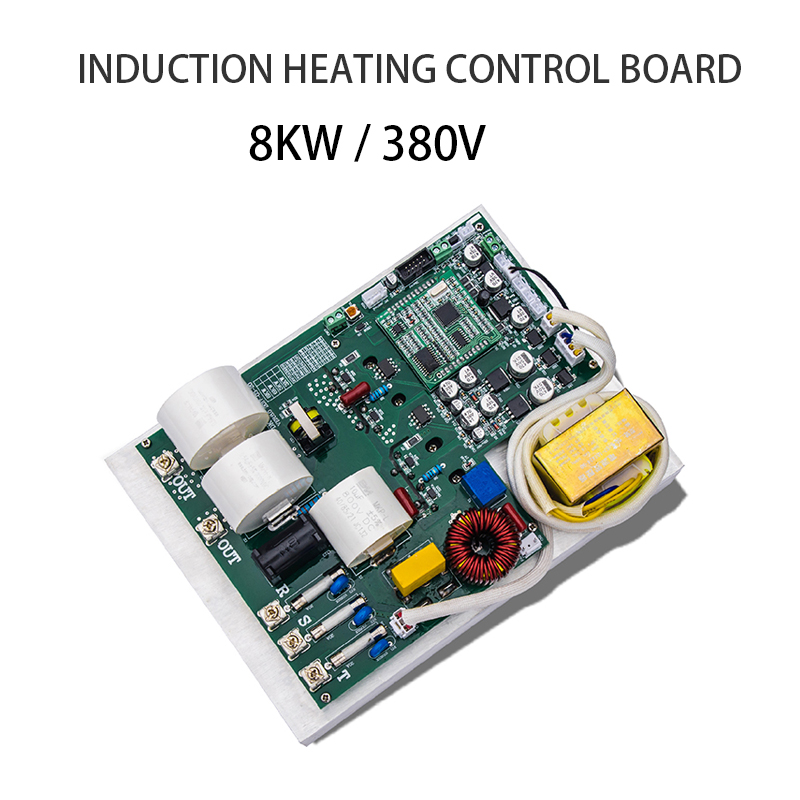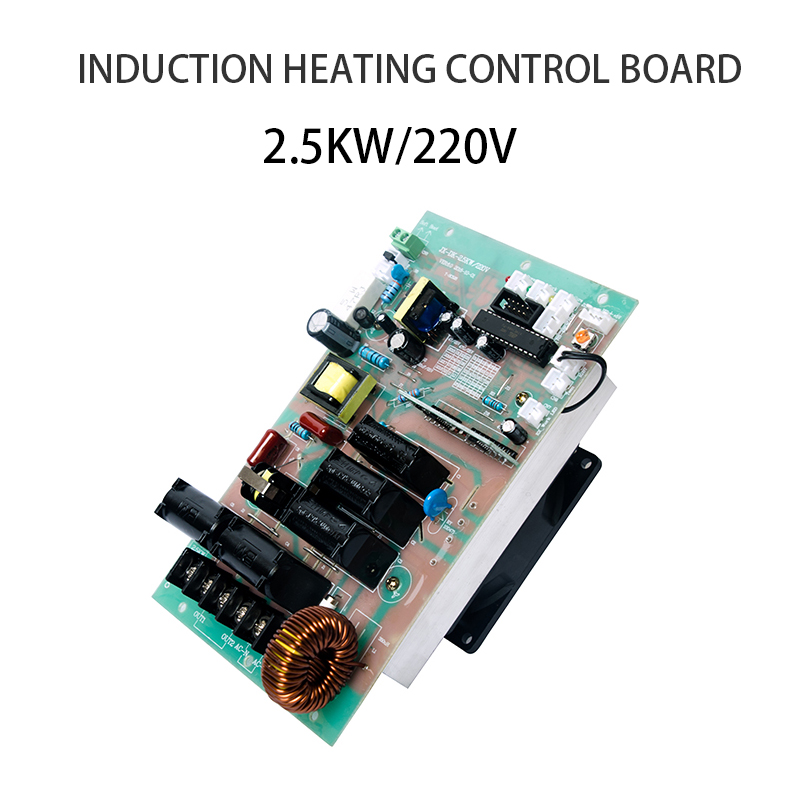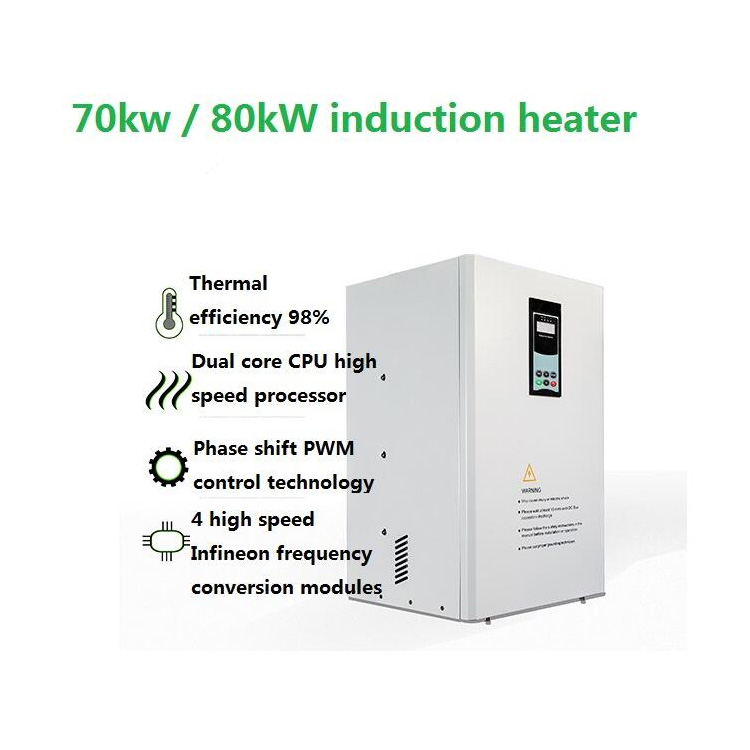In the fields of industrial production, experimental research and everyday manufacturing, heating devices have always played an important role. With the concept of energy saving and environmental protection and high efficiency of production deeply penetrated into people's hearts, induction heating hot air generators have become more and more mainstream products in the market. Induction heating hot air generators have the advantage of high heating speed, high energy efficiency and accurate temperature control, which has replaced many traditional resistance or gas hot air units and has become the ideal choice in various industries.
However, in the process of actual purchase, users always encounter one problem: should you choose a low power, high power induction heating hot air generator? Different power equipment have obvious differences in performance, application range, energy consumption and after-sales service. This paper compares the differences between the two, provides practical choice advice, and supports enterprises and individuals with more scientific equipment investment.
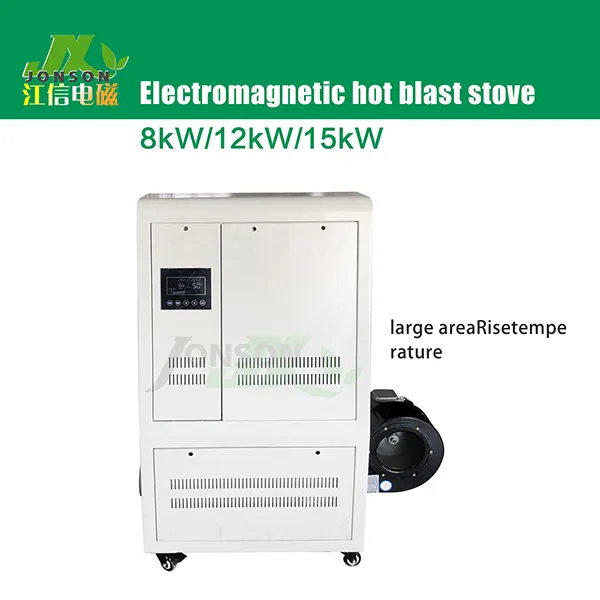
First,Basic concepts and power range.
Before you know the difference, you need to clarify the concept of power.
Small power induction heating hot air generator: usually refers to equipment between a few kilowatts and 20 kilowatts.
High power induction hot air generator: typically a unit with a power of 30kW to 100kW or more.
The power size directly determines the heating speed, heat supply range and applicable production scale of the equipment. It is one of the most important reference parameters when the user chooses the type.
Second,The advantages and limitations of small power equipment.
One, advantage.
Low investment cost: affordable price, suitable for users with limited budget and small businesses.
Low energy consumption: limited power consumption during operation, more energy saving and environmentally friendly.
Flexible installation: compact, no complex installation environment.
Easy maintenance: the structure is relatively simple and can be operated by non-specialists after training.
It can be used in a wide range of applications: it can be used in the laboratory, such as drying food, drying pharmaceutical, preheating of electronic components, heat treatment of small quantities of metal, etc.
Two ,limitation.
Limited heating capacity: it cannot be used for large-scale continuous production.
Lack of stability: long periods of full operation can reduce efficiency and consume equipment faster.
Application is limited: it is not effective for drying large workpieces or large areas.
Third,the advantages and limitations of large power equipment
One, advantage.
Strong production capacity: can meet the continuous heat supply demand in high volume production.
Wide range of hot air: multiple processes or entire lines can be supplied at the same time.
Stable performance: supports long running and ensures production continuity.
High level of intelligence: the high-power equipment is better equipped with more advanced control system to support accurate temperature control and automated management.
Wide application range of industry: can be used in metallurgy, casting, chemical industry, building materials, spinning, food large-scale drying and heat treatment.
Two ,limitation.
High investment cost: the purchase price is several times higher than the low output model.
Large energy consumption: high unit energy efficiency, but the overall power consumption is high, with strict requirements on the power usage environment.
Complex maintenance: requires expert management and regular maintenance, which increases labor costs.
Large site area: large equipment volume, with certain requirements for the factory building space.
Forth,small power and large power comparison analysis.
Power range.
Small power output: typically between 1-20kw.
High power: generally higher than 30-100kw.
The scale of application.
Low power: suitable for small batch production, experimental testing, food drying, drug drying, etc.
High power: suitable for large-scale continuous production, line work and large-scale factory heat supply.
Heat delivery capacity and speed.
Low power: heating is fast, but the total heat supply is limited.
High power: because the temperature rise is fast and the hot air cover range is wide, can handle multiple projects at the same time.
Is energy consumption.
Low power: the overall energy consumption is lower and more energy saving is environmentally friendly.
High power: although unit energy efficiency is high, the total energy consumption is large, so there is a high demand in the power supply environment.
The cost of equipment.
Low power: low purchase cost, low investment pressure.
High power: high initial input, but suitable for long-term and large-scale production.
Operations and maintenance.
Low power: easy to operate, convenient maintenance, low training cost of personnel.
High power: professional personnel management and maintenance are required, and the maintenance system is more complex.
Installation is flexible.
Low power:small size, flexible installation, small area.
Large power: large volume, with certain requirements for factory building space and power conditions.
Industry compatibility.
Low power: food, pharmaceutical, light industry, scientific research experiment, etc., the demand for hot air is small.
High power: metallurgy, chemical industry, building material industry, spinning industry, heavy industry, etc.
Fifth,choose Suggestions
1. Choose based on production scale
Small and medium enterprises/laboratories: preference for low power equipment, flexibility and low investment risk.
Large-scale factory/production line: choose high-power equipment to ensure production efficiency and stability.
2. Choose by budget.
Budget is limited: you start with a small power plant and then upgrade it incrementally depending on demand.
Long-term plan: if there is a demand to expand production in the future, we will propose a one-time investment in large power equipment and reduce the second investment.
3.Choose according to the characteristics of the industry.
Food, Chinese medicine, light industry: more emphasis on accurate control of mild flexibility, small power is more suitable.
Metallurgical, building materials, heavy industry: production capacity and continuity requirements are extremely high, high power is guaranteed.
4. Choose according to energy consumption and environmental protection requirements.
The small output power is superior in energy saving and environmental protection.
Although it has a large output, it optimizes energy efficiency by combining it with an energy saving control system.
Sixth, after-sales service and service concept.
When choosing equipment, not only the power, but also the manufacturer's after-sales service.
Installation debugging service: small power equipment usually supports remote guidance, large power equipment requires the manufacturer to visit to install.
Maintenance services: large power installations include regular inspections and long-term maintenance contracts.
Components and consumables: choose a manufacturer with a supply network of parts to ensure that repairs are not difficult.
Technical support: high-power equipment is often accompanied by intelligent capabilities and requires long-term software upgrades and technical support.
Seventh, Future development trends.
Thanks to advances in induction heating technology, both low and high power models are moving in the following directions.
Energy saving: we use advanced energy regeneration technology to further reduce energy consumption.
Intelligence: more equipment supports remote monitoring and intelligent temperature control, reducing artificial intervention.
Modularization: future plants are easy to scale and users can increase or decrease the power modules according to demand.
Multi-industry adaptation: expand from traditional industries to areas such as food, medical and new materials.
summary.
Small and large power induction heating hot air generators should be chosen rationally for the situation of the company, not a matter of "which is better".
If you are a small enterprise, laboratory or light industry workshop, pursue flexibility, energy saving and low cost, small power model more meet the needs.
If you are in a large factory or production line or in a heavy industry that requires long periods of heat supply, a higher power model is definitely an investment.
Reasonable choice not only determines the life and productivity of equipment, but also long-term operating costs and market competitiveness.
In the future, with the development of smart manufacturing and green energy, induction heating hot air generators will surely show their value in more and more industries, and the choice of the right power is the first step towards high-efficiency production.

